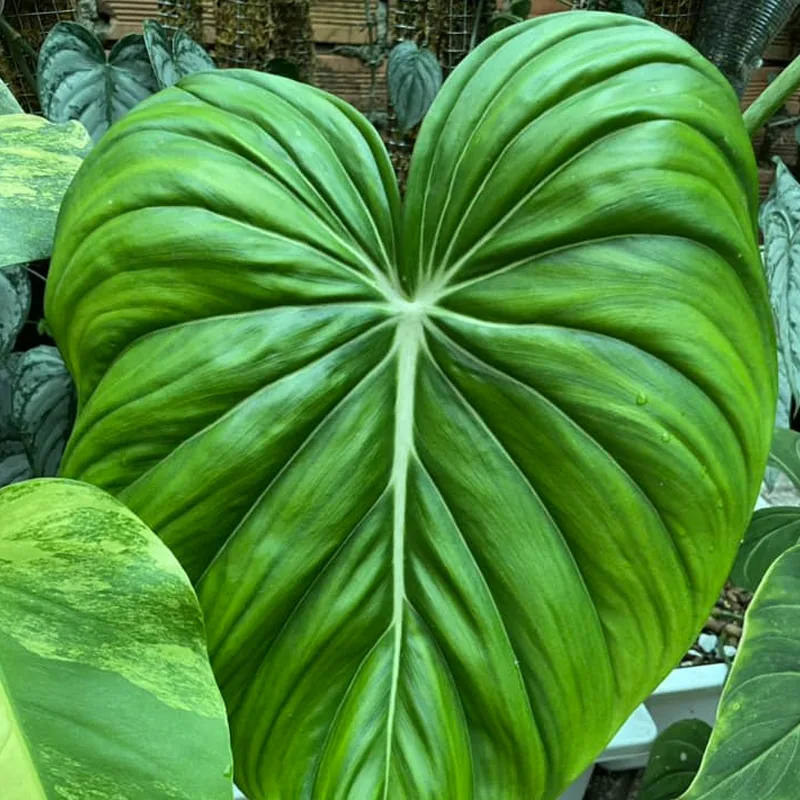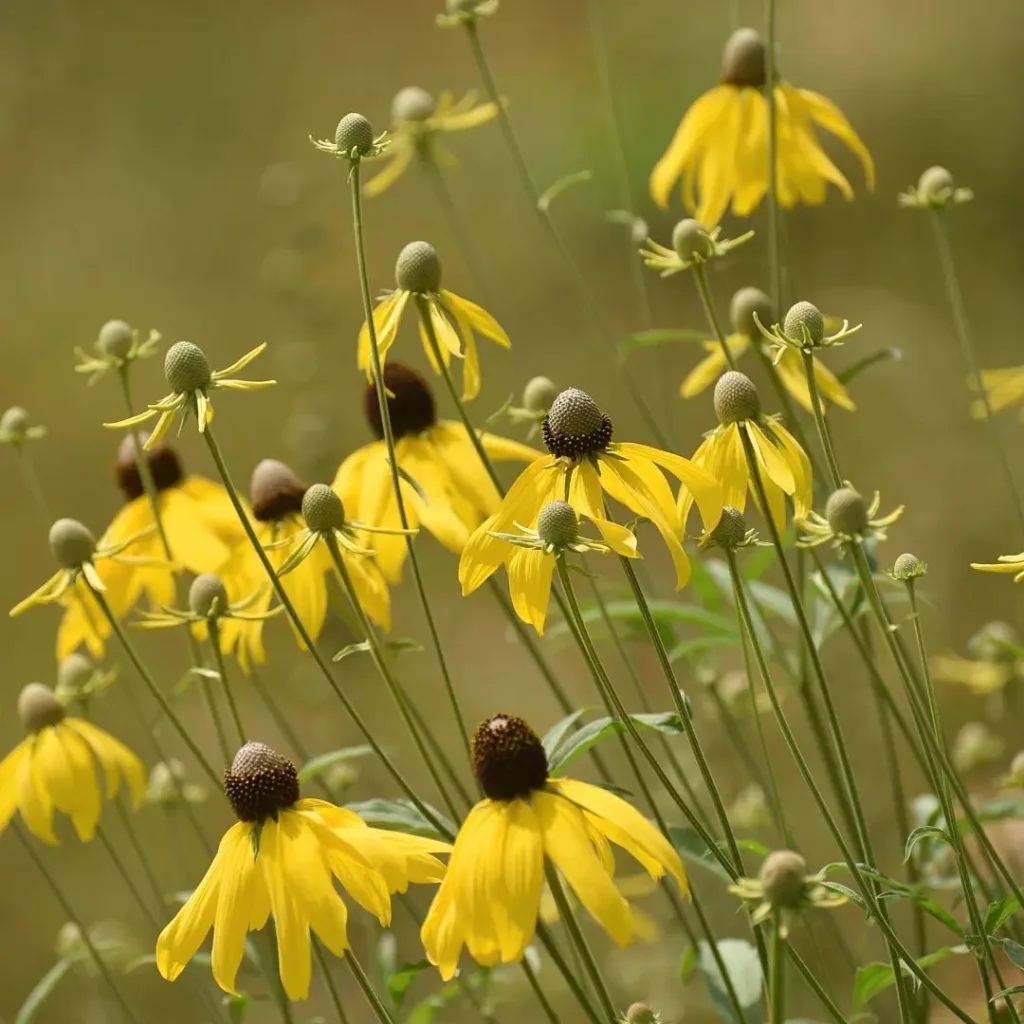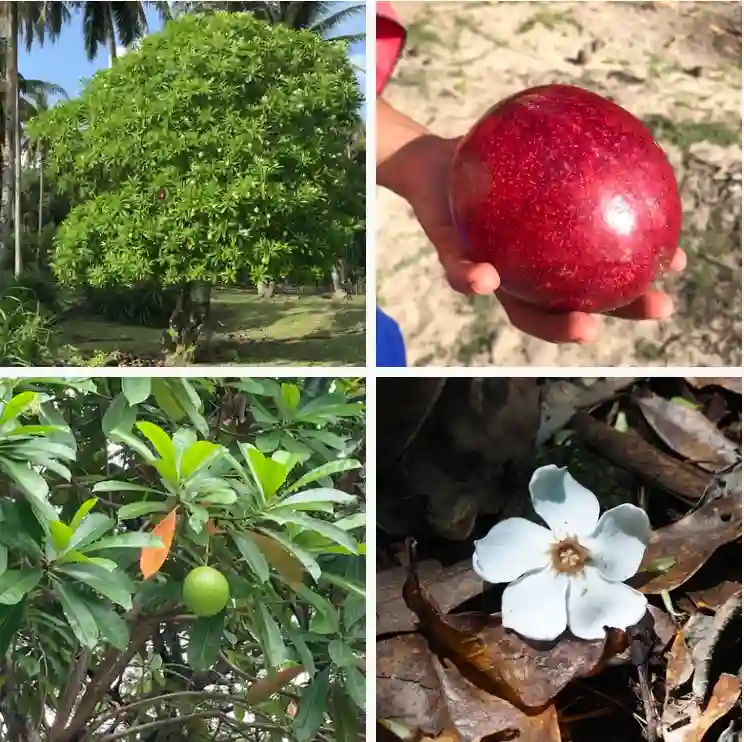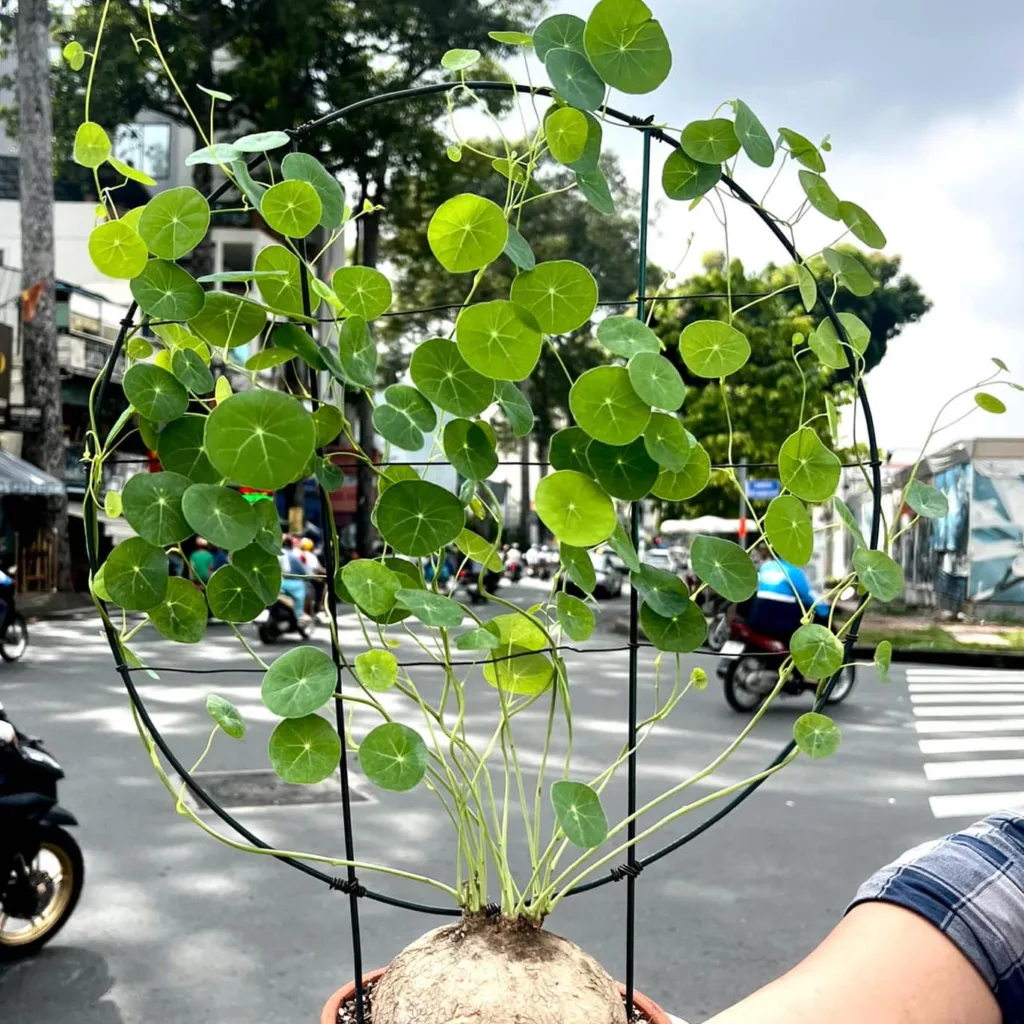Unveiling the Adder’s Tongue: An FAQ with Ferb Vu
Have you ever stumbled upon a peculiar plant with a single, fleshy tongue-like frond in your explorations? If so, you might have encountered the fascinating Ophioglossum vulgatum, also known as the Adder’s Tongue Fern. This primitive plant sparks curiosity with its unique appearance and life cycle.
Today, I, Ferb Vu, will be your guide as we delve into the world of Ophioglossum vulgatum, answering some of the most common questions about this enigmatic plant.
What is Ophioglossum vulgatum?
Ophioglossum vulgatum is a fern-like vascular plant belonging to the Ophioglossaceae family. Unlike true ferns, it reproduces through spores instead of seeds. This characteristic places it among the most ancient lineages of living plants, offering a glimpse into the prehistoric world.
Why is it called the Adder’s Tongue Fern?
The name “Adder’s Tongue” aptly describes the plant’s single, fertile frond. This frond is fleshy and green, resembling the tongue of a snake, particularly an adder, a type of viper.
How can I identify Ophioglossum vulgatum?
Here’s what to look for:
- Fronds: A single, fertile frond that emerges from a short, fleshy rhizome. The frond is green, fleshy, and tongue-shaped.
- Sterile Frond: In some cases, a separate, sterile frond may be present. This frond is smaller and thinner than the fertile one.
- Spores: Spores are borne in clusters (sori) on the underside of the fertile frond. These sori are elongated and snake-like, adding to the “adder” theme.
- Size: Ophioglossum vulgatum is a small plant, typically reaching only 4-8 inches in height.
Where can I find Ophioglossum vulgatum?
This plant prefers moist, shady habitats like woodlands, meadows, and bogs. It often thrives in areas with acidic soil and good drainage.
Is Ophioglossum vulgatum rare?
While not globally endangered, Ophioglossum vulgatum can be uncommon in some regions. Habitat destruction and changes in land management practices can affect its population.
How does Ophioglossum vulgatum reproduce?
Unlike true ferns, Ophioglossum vulgatum doesn’t reproduce through spores produced on the underside of leaves. Instead, the fertile frond houses specialized structures called sporangia. These sporangia produce spores that are released upon maturity. The spores germinate under specific conditions, forming a microscopic gametophyte that eventually gives rise to the visible fern-like plant.
What’s the difference between Ophioglossum vulgatum and a true fern?
Here’s a quick breakdown:
- Reproduction: Ophioglossum vulgatum reproduces through spores in sporangia, while true ferns have spores produced on the underside of leaves.
- Life Cycle: Ophioglossum vulgatum has a complex life cycle with a dominant sporophytic stage and a microscopic gametophytic stage. True ferns have a simpler life cycle with a more prominent gametophytic stage.
- Evolutionary Lineage: Ophioglossum vulgatum belongs to a more ancient lineage compared to true ferns.
Can I grow Ophioglossum vulgatum in my garden?
Growing Ophioglossum vulgatum can be challenging. It requires specific conditions like moist, acidic soil with good drainage and partial shade. Additionally, it has a symbiotic relationship with certain fungi, which can be difficult to replicate in a garden setting.
Is Ophioglossum vulgatum poisonous?
There is no definitive information on the toxicity of Ophioglossum vulgatum. However, it’s best to avoid ingesting any unknown plant species.
What are the conservation efforts for Ophioglossum vulgatum?
Due to its potential rarity in some areas, habitat protection is crucial for Ophioglossum vulgatum. Maintaining healthy ecosystems with suitable growing conditions is vital for its survival.
Conclusion
Ophioglossum vulgatum is a captivating plant with a unique appearance and a fascinating life cycle. By understanding its characteristics and challenges, we can appreciate its role in the natural world and contribute to its preservation.
If i die, water my plants!



